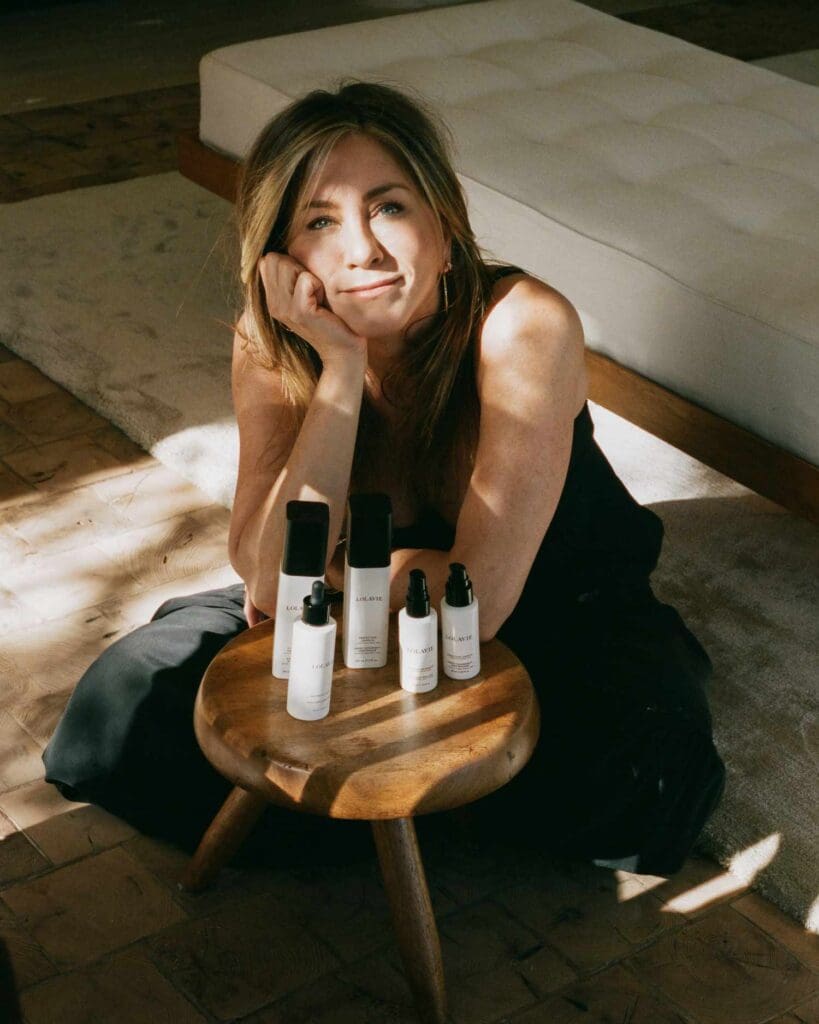The past few years have seen a lot of skincare lovers fixate upon ingredients, adding words like hyaluronic acid, retinol and ceramides to our vocabularies and peering over percentages to ensure we’re getting the maximum concentration. But cosmetic scientists say that’s not really the right approach; it’s not necessarily about what’s in your products or even the quantity but rather how it’s processed so your skin can use it.

One way of processing ingredients that’s being talked about a lot these days? Fermentation, where carbohydrates are converted using yeast to other substances. We often think of fermentation as it pertains to probiotic food like kimchi, yoghurt and kombucha, or beer. But the process is far more versatile than that, and it’s nothing new in the beauty industry.
“Fermentation is a natural process, by which microorganisms break down larger-sized raw materials into smaller, lower-molecular-weight structures,” says U Beauty’s VP of product development, Caroline Sands. “As a result, fermentation yields bio-ferments—new materials that are deeper-penetrating and more easily absorbed. Through fermentation, it’s possible to create ingredients with higher bioactivity, bioavailability, improved effectiveness and better skin compatibility and penetration.”
One of the first people to use it for skincare was Dr. Max Huber, founder of La Mer. “Our craft and fermentation process, which took 6,000 experiments and 12 years of searching to develop the blueprint for, is proprietary and unique,” says Paul Tchinnis, executive director, R&D for the brand. “The process begins with giant sea kelp, a self-generating plant and one of the fastest-growing forms of life on earth.” Fermentation, accompanied by the energies of vibrating copper plates and waves of light, transforms the kelp plus vitamins and minerals into Miracle Broth—a proprietary ingredient that soothes inflammation and helps skin to renew, naturally.
Squalane, the lightweight moisturizing ingredient that’s in many oils, serums and moisturizers, is another fermented ingredient. “It’s created by fermenting sugar cane,” says Abena Antwi, a cosmetic scientist and associate director of product design at Burt’s Bees. “It’s a replacement for silicones and petrochemical ingredients, which we don’t use in our formulations. In our SPF30 Sensitive Solutions Calming Day Lotion it helps disperse the zinc oxide so the formulation is lightweight and not powdery.” Using plant-derived ingredients rather than petrochemical ones is better for the environment because it doesn’t support the fossil-fuel industry, and it also requires less water.
In total, Burt’s Bees uses more than 100 ingredients created from fermentation and is always working on new ones; Antwi is currently developing a line with fermented honey blossom that can calm skin with acne.
Ida Wong, Clinique’s VP global product development for skincare and makeup, says sometimes fermentation can also be used to convert ingredients that, in their original state, might impact the colour or smell of a formula. “By fermenting these ingredients through the bioconversion process, we are overcoming many of these negative attributes while optimizing the efficacious components of the ingredients,” she explains. “We are also at the same time creating a new molecule which is now water soluble [and] has increased efficacy over the control (the ingredient in its original form).”
Clinique uses fermented ingredients in several products, like the newest iteration of its Moisture Surge 100H moisturizer. For this, the brand has taken soothing aloe vera and given it extra oomph by fermenting it. “The formula is effectively combating dehydration instantly, all day, and long term to restore skin’s glow,” Wong explains. Clinique and La Mer’s brand sibling brand Estée Lauder also integrates fermented ingredients in much of its skincare, including the iconic Advanced Night Repair and the new Nutritious range, which is aimed at younger customers and has fermented red algae and coconut water.
Fermented ingredients aren’t just used in facial skincare, they’re a component of bodycare, too, like U Beauty’s Resurfacing Body Compound, and even haircare and makeup. Jennifer Aniston’s company, LolaVie uses a ferment of bamboo shoots, stalks and leaves in its Restorative Shampoo and Conditioner. Lady Gaga’s Haus Labs’ latest Color Fuse Blush has fermented arnica, which helps reduce redness and inflammation. So why are people suddenly talking about them now?
Most of us are more aware of fermentation in food these days. Tchinnis says it’s also due to how savvy customers are. “Consumers are continually looking for efficacious formulas with potent ingredients and skin benefits, such as anti-aging, and are increasingly concerned about their environmental impact,” he explains. Antwi agrees. “Customers are getting very smart about what they are putting inside their bodies and on their skin,” she says. “They want us to explain the ingredients and the process. When I started in the industry it was all about oh, nice product, tell me the claims. Now it’s, what exactly is it going to do for my skin, where do the ingredients come from, how do you make it? For me that’s wonderful! I’m here! Let’s talk about it—bring on the science.” —Aileen Lalor

Be the first to comment